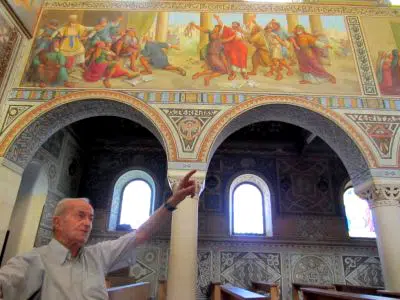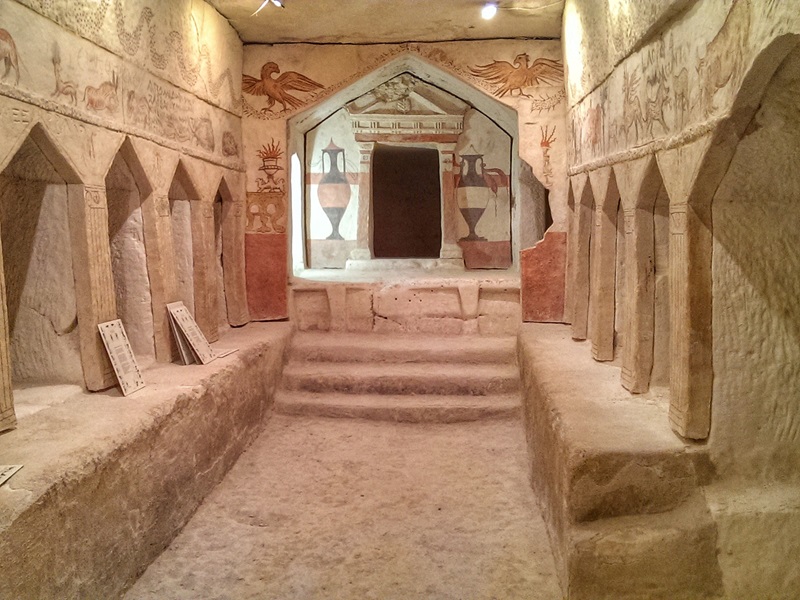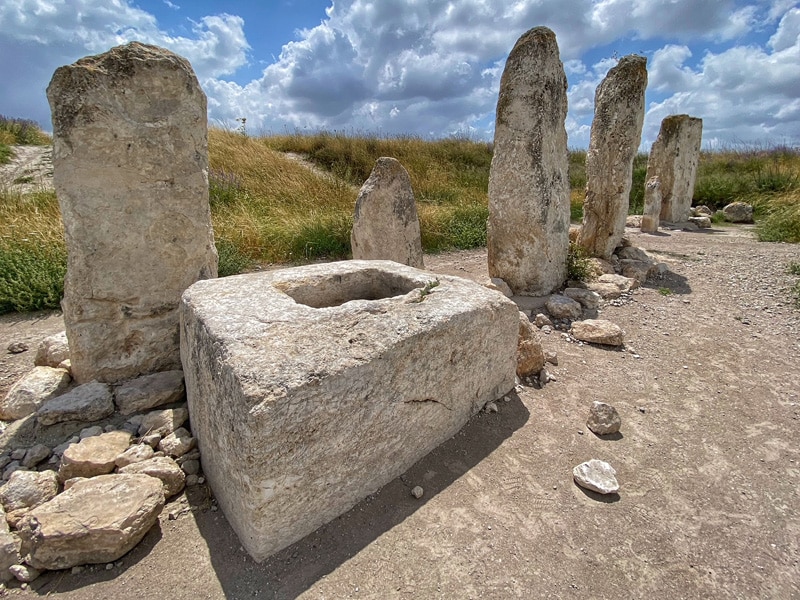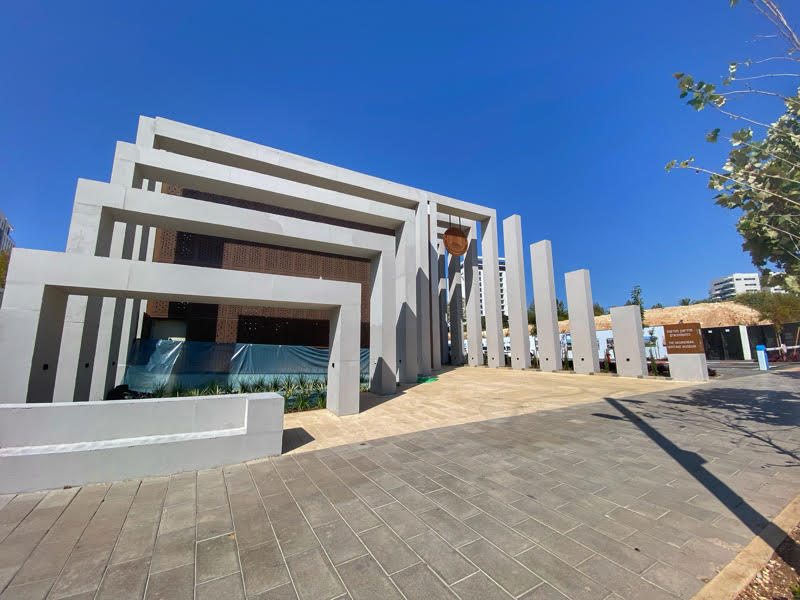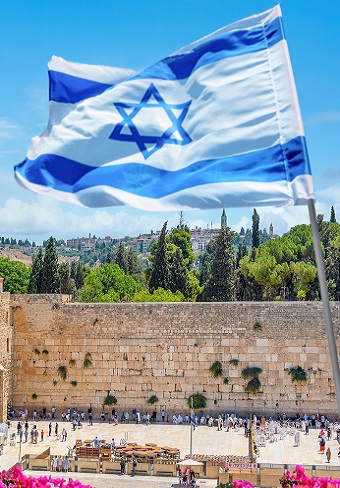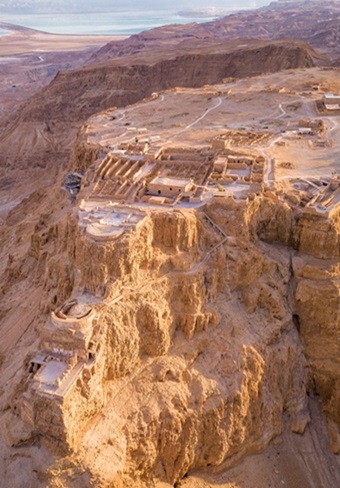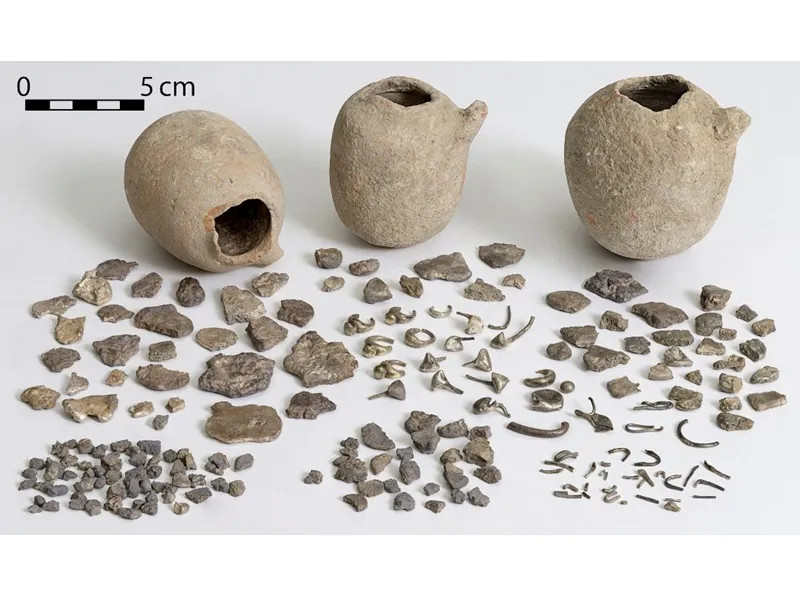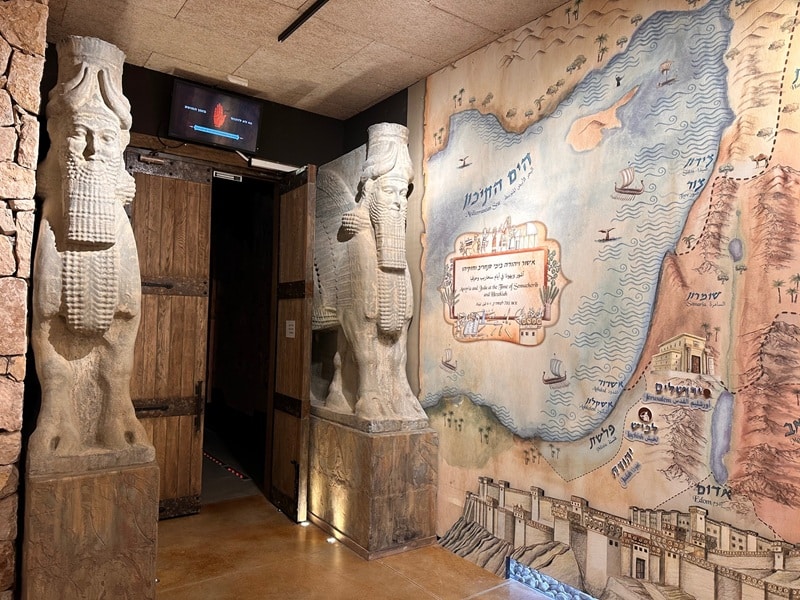New Research Unveils Drama and Mysteries at Khirbet Beit Loya / Beit Lehi

The Road to Khirbet Beit Loya. The site can only be accessed by an off-road 4×4 vehicle.
Khirbet Beit Loya is a unique site in the southern Judean Foothills (The Shephelah), about 5 km east of Tel Lachish. By Latter-day Saints tradition, it may have been the estate of Prophet Lehi, a founding figure in the Book of the Mormons. A new publication of the recent archaeological research at the site enables an unprecedented, detailed review of its history. This research began in 2005, when Latter-day Saints institutions funded further excavations at the site and surveys in its vicinity. Archaeologists Dr. Oren Gutfeld and Yaakov Kalman led this research on behalf of the Hebrew University in Jerusalem. Their most recent article presents the highlights of their current research. Below are some of the highlights.
Edomites and Jews Resettle Beit Loya
The expedition found further evidence of inhabitation during the Judean Kingdom and abandonment following the Babylonian conquest. The site was settled again in the Hellenistic period, most likely by Edomites. The Edomites specialized in producing olive oil and growing pigeons, mostly in underground caves. One dovecote (Columbarium), uncovered in area M, is especially impressive. Four pillars supported its ceiling, and over 1100 niches for growing pigeons were carved into the rock. The Edomites abandoned the site in the middle of the 2nd century BCE, perhaps because of the raids of Judah the Maccabi in this region. About 130 years later, Jews settled at the site. They added ritual baths and engraved the Jewish symbol of the seven-branch candelabra (Menorah) at several locations. Ritual niches previously used by the Edomites were abolished.
Khirbet Beit Loya in the Great Jewish Revolt
During the Great Jewish Revolt (66-70 CE) Khirbet Beit Loya was fortified by a watch tower and underground tunnels. One tunnel was dug right under the base of the watch tower. Gutfeld and Kalman suggest this may have been the tunnel where Niger, commander of the Jewish rebellion in this region, hid after a failed attack on Ascalon.
According to first-century Historian Josephus, Niger hid in a tunnel for three days, and both the Romans and the rebels believed he had died. However, after the Romans left, the rebels found him to be alive (War 3: 22-28).
Christians and Muslims at Beit Loya

Beit Loya’s church from the Byzantine Period. Later Muslim buried their dead in the church.
In the 4th century, Christians settled Khirbet Beit Loya. They built a Basilica-shaped church, which may have been part of a monastery. The expedition found a monk’s cell east of the church with the Greek inscription “Jesus is Here” engraved on its wall. He also carved a Christogram and a boat, perhaps alluding to a local tradition relating to sailing.
The Muslim conquest of the Holy caused a radical change also at Khirbet Beit Loya. The church and its courtyard became a Muslim cemetery where over 50 tombs were uncovered. Nearby, a small size mosque was built. Muslims occupied the site up 14th Century. During the Mamluk period the site was abandoned.
A tour of Khirbet Beit Loya can be combined in a tour of the Judean Foothills (the Shephela).
